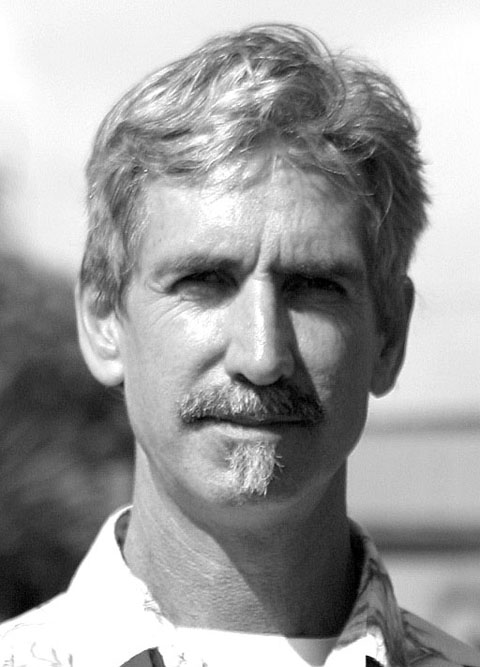Putting Back the Pieces
.JPG)
Something is out of place at many of Molokai’s fishponds – many of their rocks. Large puka along hundred-foot-long newly-restored walls leave fish to swim in and out freely. It’s a stark reminder of nature’s power, and the damage left by the March 11 tsunami.
Caretakers of several fishponds located on the east end reported damaged walls, as well as surrounding structural damage after the tsunami. Residents and advocates on Molokai are preparing to rebuild soon. Merv Dudoit of Ka Honua Momona said they will be donating some of their volunteers once work days are established.
Walter Ritte, director of the Hawaiian Learning Center and Keawanui Fishpond, said although the fishpond was nearly completed after three years of restoration, “[this is] an opportunity for us to do it right.”
“I just take it in stride, you cannot argue with nature,” he said, standing at the edge of the demolished fishpond wall. “It’s easier putting back [the stones] than building – the stones are already there,” he said.
He has had regular volunteers, such as his Ho`omana Hou high school students, but like other caretakers, he is calling for kokua to help restore.
Taking in the Damage
Kupeke, `Ualapu`e and Ka`ope`ahina fishponds were also reported as damaged to the county and the state Civil Defense. Sonny Dunnam, owner of Kalua`aha Ranch and Ka`ope`ahina Fishpond, said “it used to be the nicest fishpond around.” Rebuilt with 5- to 8-foot-tall walls in 1960 after a tidal wave, Dunnam said about seven-eighths of the wall is now decimated.
“It was solid – now it’s just a wall of rocks,” said Malu Dunnam, Sonny’s daughter-in-law. Sonny’s daughter and son-in-law, Brandon and Tammy Enos, also suffered the loss of their house, located on the fishpond property.
The state Civil Defense and Red Cross have provided some relief to the family for rebuilding their home, but the fishpond remains in pieces. Grants take too much time and paperwork, said Malu, and they are asking for volunteer kokua to restore the fishpond walls.
Helping Hands
Like Keawanui, the Dunnam’s pond had rocks tossed about and scattered throughout the pond. Volunteers do not need to know how to build a wall – just be willing to help in the process, Malu said.
The same damage would have happened to ancient Native Hawaiians facing a tidal wave or tsunami, according to Ritte.
“You’re not going to put anything permanent in the ocean,” he chuckled.
Honua Consulting, an Oahu-based company that provides professional services for Native Hawaiians in culture, education, community relations and environmental services, has already come to Keawanui to see the damage. They have set up a contributions page on their website to donate money directly to Keawanaui (HonuaConsulting.com).
Ritte said he and the Keawanui volunteers were not able to recover all the rocks needed, and have had to buy from a quarry to fill in the gaps. A small barge they used for towing the rocks across the pond for building was also damaged in the tsunami.
For information on how to help all of Molokai’s tsunami-affected fishponds, contact the Molokai Community Service Council at 553-3244 or visit honuaconsulting.com.
President Obama declared Hawaii’s tsunami a major disaster late last week, and Federal Emergency Management Agency (FEMA) funding is now available to state and eligible local governments.







.JPG)
.JPG)
.JPG)
.jpg)
.jpg)





